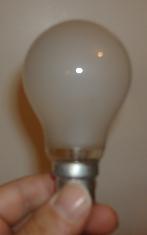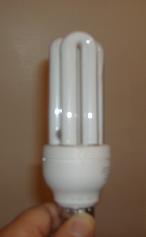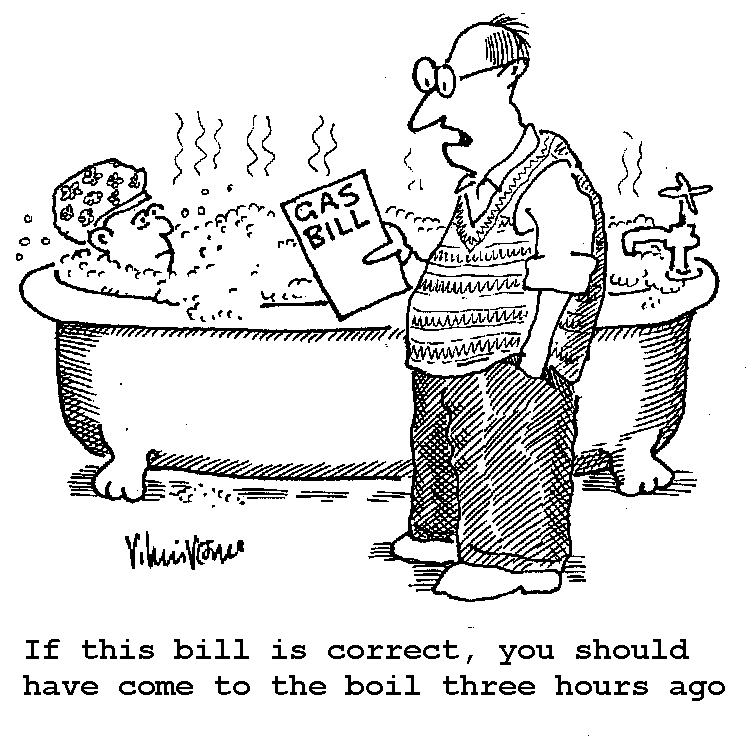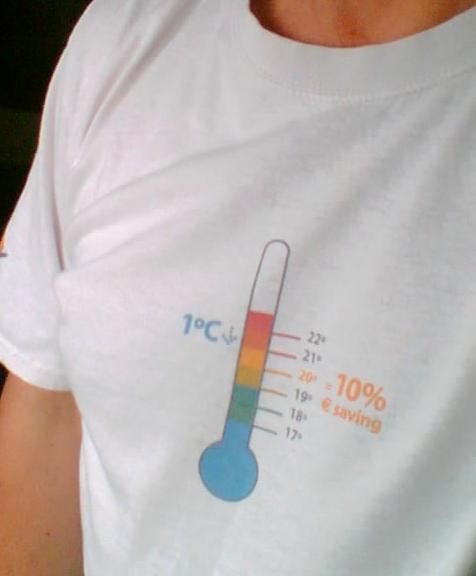How many trees would it take to absorb a tonne of CO2?
Carbon offset company co2balance.com say that a tree's ability to absorb carbon dioxide
depends on the species, atmospheric temperature, levels of light, water, nutrients, and
atmospheric CO2 - and how the woodland is managed. Based on their research they reckon that each sapling they plant will absorb 0.9 tonnes of carbon dioxide per year.
Forests and the European Union Resource Network (FERN) reckon that if this is so, absorbing the UK’s annual greenhouse gas emissions would require planting an area of forest the size of Devon and Cornwall every single year – and maintaining them forever - but they think the concept of accurately predicting trees’ carbon performance is "fantasy" with no solid basis in science.
Not everyone is even convinced that tree-planting works. Critics point out that trees eventually die and rot, releasing carbon back to the atmosphere, and may have serious adverse environmental consequences by soaking up scarce water or decreasing biodiversity.
When does maximising CO2 minimise CO2?
Answer: when you are tuning a burner. The efficiency of a burner (how much useful
heat you get out per unit of fuel put in) is largely determined by how much heat
is lost in the exhaust gases. Keeping the air:fuel ratio
just right prevents the situation where excess air (which is of no use
for combustion) just carries away heat and wastes it.
CO2, of course, is one of the main products of combustion, and
is produced in proportion to the amount of fuel burned. Excess air dilutes the
exhaust, so the percentage of CO2 in the exhaust goes down as
the amount of excess air goes up.
When the air:fuel ratio is exactly right:
- the percentage of CO2 is at a maximum, and
- the fuel required for a given heat output is at a minimum.
Hence the CO2 emissions are minimised when the percentage
of CO2 in the exhaust is maximised.
When is a carbon tax not a carbon tax?
Answer: when it's the UK's Climate Change Levy. This tax is levied on supplies of electricity,
gas, coal and liquid petroleum gas to industrial, commercial, and public-sector users. But it's
not a true carbon tax because oil (which contains carbon) is exempt, while power from
nuclear and large hydroelectric stations (which emit no carbon dioxide) is not.
The omission of oil is odd. Aviation fuel is not taxed at all. Also LPG for road transport is
subsdised by a 40 pence per litre reduction in road fuel duty, even though it is far from
carbon neutral, while biodiesel (completely carbon-neutral) only gets a 20 pence reduction.
Whatever happened to therms?
If you've been paying gas bills for a while you probably remember paying for 'therms'. A therm is
equivalent to 29.3 kilowatt hour (kWh) and the advantage of having gas bills in kWh is that it's easier to compare
prices of electricity and gas, which can both be used for heating.
What about a litre of oil? That contains about 11 kWh of energy, depending a bit on what kind of oil it is.
Any form of energy, whether it is used for lighting, heat, or motive power, can be expressed in kWh. For example:
And one final obscure fact. Refrigeration power is sometimes stated in 'tons'. One ton of
refigeration is equal to 3517 watts.
This is rarely quite the whole story because the production of biofuels or uranium (for example)
will entail using some fossil fuel. Interestingly, using electricity generated from landfill,
mine offgas, and other 'fugitive' methane sources, is better than carbon-neutral
because for each molecule of carbon dioxide the power station emits, it removes a molecule
of methane which would have been over 20 times as damaging as a greenhouse gas.





 Got the T-shirt...
Got the T-shirt...